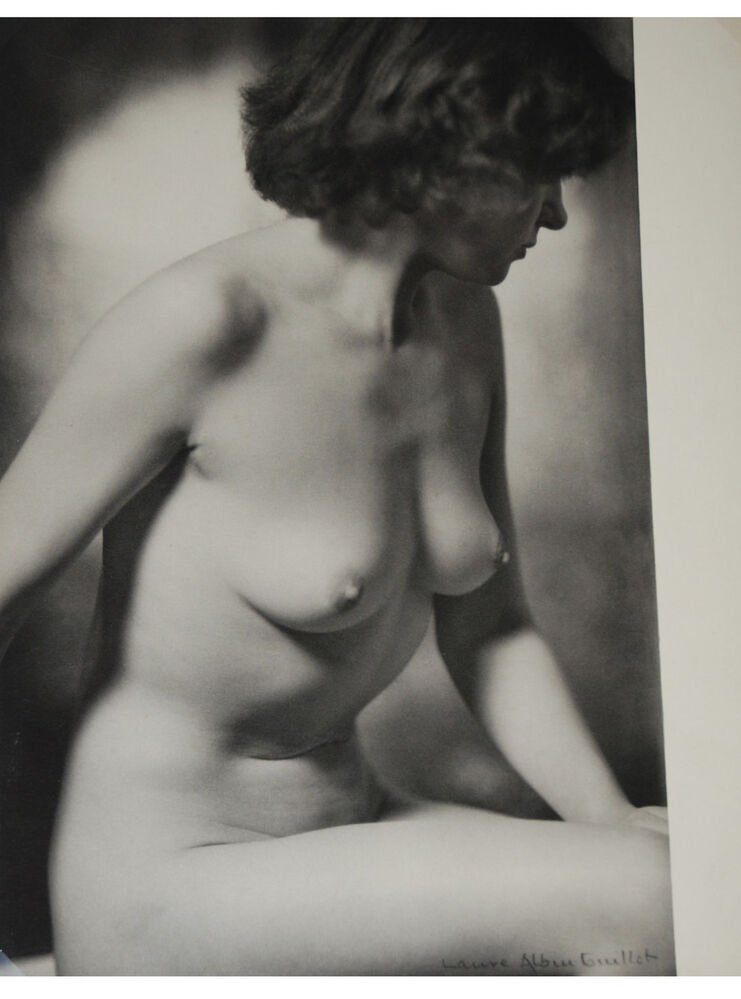
No title, 1930
Laure Albin-Guillot
1879 - 1962
Silver Gelatin Print. 37.8 x 25 cm.
© Laure Albin - Guillot
Om fotografen
Born in Paris, she attended the Lycée Molière in the 16th arrondissement. In 1897 she married Dr Albin Guillot, a specialist in microscopy. Working from her studio at her home on Rue du Ranelagh, she published her first fashion photographs in the French edition of Vogue in 1922. From 1924 to 1950, she exhibited regularly at the Salon international de photographie and at the Salon des artistes décorateurs. The works she exhibited at the 1925 International Exposition of Modern Industrial and Decorative Arts were signed Laure Albin Guillot, paving her way to celebrity.
After her husband died in 1929, she moved to Boulevard de Beauséjour where she received the artistic celebrities of the day including Paul Valéry, Colette, Anna de Noailles and Jean Cocteau. In the course of the 1930s, she travelled widely to North Africa, Spain, Italy, Sweden and the United States. Her work was frequently published in the press while she participated in solo and collective exhibitions at home and abroad.
In 1931, she was the first in France to photograph decorative microscopic images which she called "micrography", combining science with visual art. The same year, she became president of the Union féminine des carrières libérales et commerciales, an organisation bent on supporting the interests of women in professional life. In 1932, she was appointed head of a number of key bodies including the Directorate-General of Fine Arts and the Cinémathèque nationale.
The first of her works combining photography with literature was published in 1936 when she illustrated Paul Valéry's Narcisse, publishing further works from 1940 to 1944 during the German occupation. In 1937, she organised the exhibition Femmes artistes d'Europe. After the Second World War, Laure Albin Guillot continued to work as a portraitist at her studio on the Boulevard du Séjour until she retired in 1956. She died at the Hôpital Saint-Antoine in Paris on 22 February 1962.
Laure Albin Guillot exhibited in the 1920s, adopting a classical approach or French style rather than the avant-garde trends of the day. But it was in the 1930s and 1940s that her work dominated the photographic scene. She covered a variety of genres, everything from portraits and nudes to landscapes, still lifes and, to a lesser extent, journalism. A master of technology, she made use of the very latest methods of image production, perfectly suited to the requirements of publication.
Laure Albin-Guillot